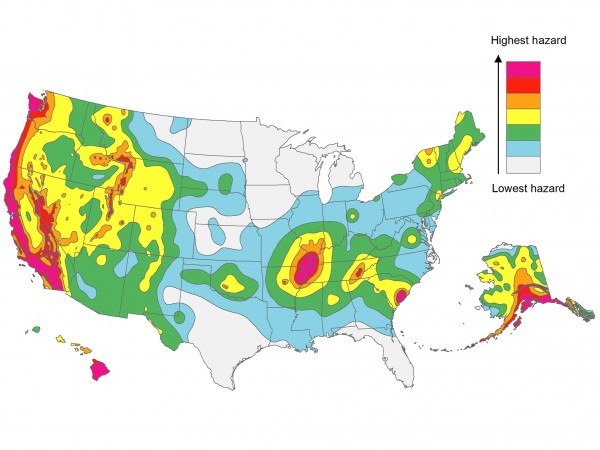
© U.S. Geological SurveyHot spots: California is still a seismic hazard hot spot—but the latest earthquake risk maps suggest a higher risk of damaging quakes than previously estimated.
Earthquake risk assessments can seem pretty abstract at first glance, with their "percent probabilities" and "peak ground accelerations." But the U.S. Geological Survey's (USGS's) national hazard maps, updated periodically, pack a powerful punch: Insurance companies and city planners rely heavily on the maps, which influence billions of dollars in construction every year. Today,
USGS scientists released the most recent earthquake hazard assessments for the country. Although the picture hasn't changed much on a national scale since the last report in 2008, the devil is in the details, the report's authors say -
and some areas in the country are now considered to be at higher risk for powerful quakes than once thought.The best-known earthquake zones - California, the Pacific Northwest, and the Intermountain West - still dominate the hazard picture. Farther east, hot spots around the New Madrid Seismic Zone in the center of the country and Charleston, South Carolina, reflect the memory of powerful historical quakes (in 1811 to 1812 and 1886, respectively). But, in fact, all 50 states have the potential for earthquakes, and damaging ground shaking could happen in 42 of the 50 states within 50 years, the new report suggests. Of those, 16 states, all of which have had earthquakes of at least magnitude 6 in historical times, are considered highly likely to experience damaging ground shaking.
To assess the risk of where and how often future earthquakes will occur, and how hard the ground will shake, scientists are constantly seeking new data from these regions and using them to develop new ways of modeling ground motion, says Mark Petersen, a seismologist at USGS in Golden, Colorado, and the lead author of the new report. Among the latest temblors incorporated into the assessment is the 2011 5.8-magnitude Virginia earthquake, which "helped us understand better ground shaking in the central and eastern United States," Petersen says. New data also came from the U.S. Nuclear Regulatory Commission (NRC), which in 2010 published its own risk assessment for earthquake damage to its power plants in the central and eastern United States. These all suggest the region has the potential to experience an even more powerful quake.
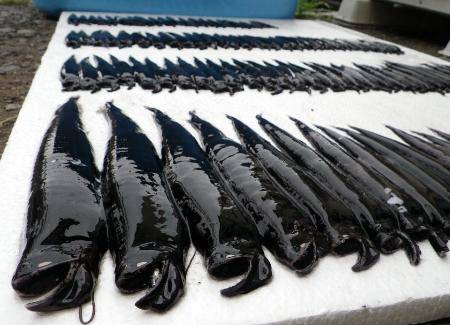
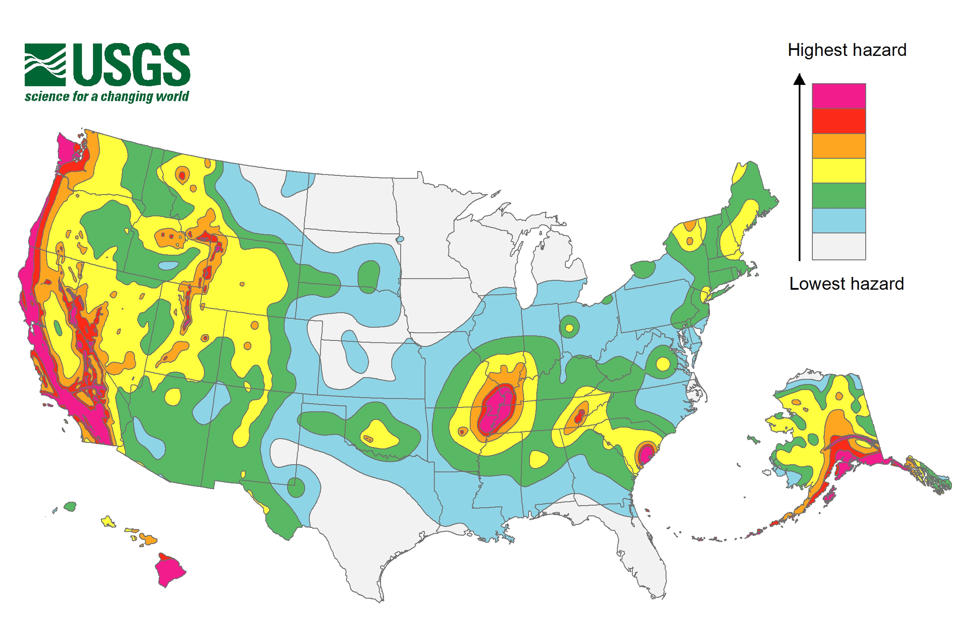

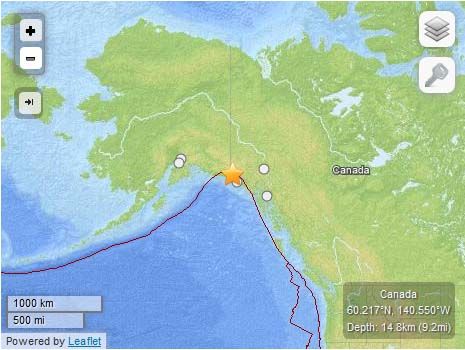
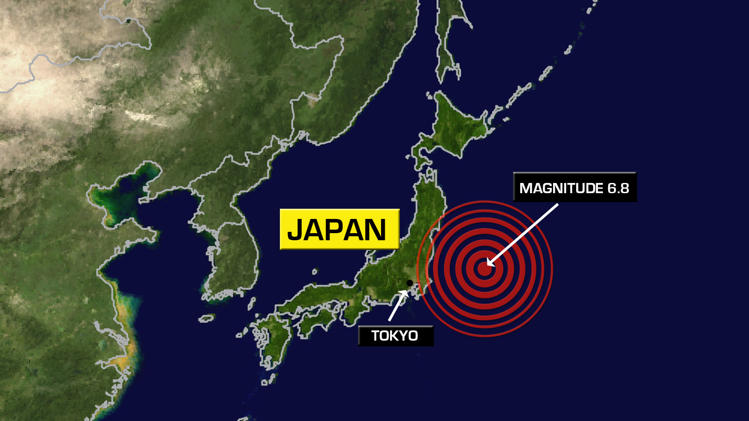

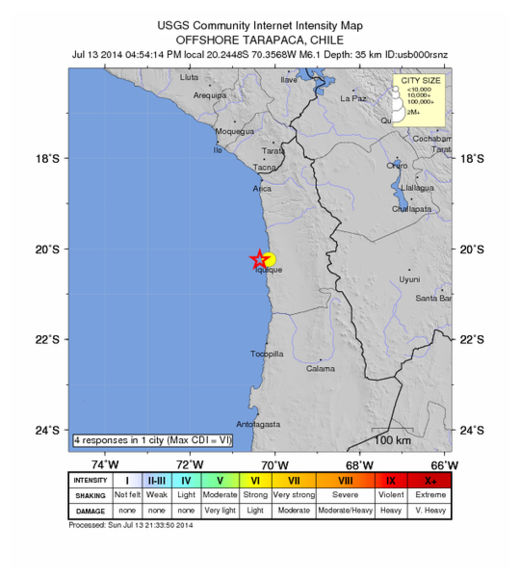


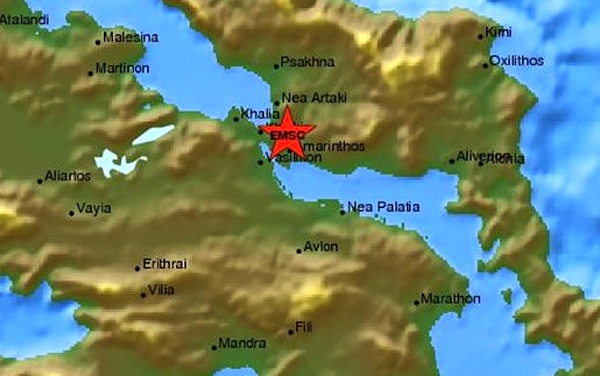



Comment: See also: Creatures from the deep signal major Earth Changes: Is anyone paying attention?